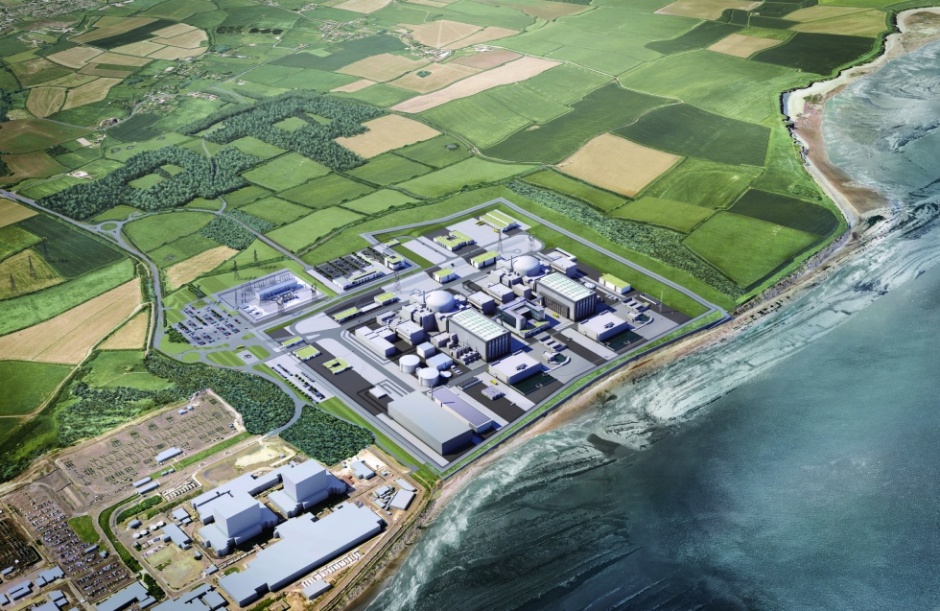
The study shows also that the economic impact increases to £12.4bn and 155,000 jobs when the sector’s spend on associated goods and services in the supply chain and the wage spend by employees are accounted for.
The report, compiled by Oxford Economics for the Nuclear Industry Association, found that each nuclear sector employee contributes an average of £96,600 in gross value added (GVA) to the economy, which is 73 per cent higher than the UK average.
This direct impact, while accounting for 0.3 per cent of UK GDP, also generated around £2.8bn in tax payments in 2016, rising to £4.5bn when associated spend is included.
In 1956 Calder Hall in north west England became the world’s first commercial nuclear power station and construction of the UK’s nuclear fleet has seen the establishment of an embedded supply chain in all parts of the UK, serving power stations, new build developments and decommissioning.
At a regional level, the report shows the industry’s activities supporting £1 in every £50 of economic output in the north west and south west of England.
North west England - home to Sellafield, the National Nuclear Laboratory and Heysham power station, plus Urenco at Capenhurst and the Springfields fuel plant in Preston - sees the largest regional impact, with £4.3bn GVA contributed by the sector in 2016, which is the equivalent to 2.7 per cent of all regional output. South west England, home to new power station at Hinkley Point C, saw the next largest impact, totalling £1.6bn.
The data is released as part of the NIA’s first Nuclear Activity Report which outlines the progress made across the nuclear sector in 2016
In a statement, Tom Greatrex, chief executive of the Nuclear Industry Association, said: “For the first time we have comprehensive data which shows the important role the UK’s civil nuclear sector plays in generating highly skilled and well-paid jobs, making a significant contribution to the economy and supplying low carbon electricity to keep the lights on.
“The nature of the nuclear sector means it creates wealth and prosperity across the country – supporting families and non-nuclear businesses in areas where traditionally jobs have been hard to come by.
“But, with all but one of our nuclear power stations due to close in the period up to 2030, industry and government cannot be complacent. We need to build new nuclear power to replace the retiring stations and continue to make significant progress with decommissioning.
“The UK’s nuclear sector is a vital part of the UK’s industrial heritage and the government’s Industrial Strategy and the work being undertaken to bring forward a Nuclear Sector Deal will be vital to underpinning and ultimately increasing this contribution.”
The data is released as part of the NIA’s first Nuclear Activity Report which outlines the progress made across the nuclear sector in 2016, including:
A saving of 22.7 metric tonnes of CO2 from nuclear operations
An increase in output from civil nuclear stations of 4.5TWh
Producing enough electricity to power 16.3 million homes
Beginning construction of the first new nuclear power station in a generation at Hinkley Point C
Significant contracts in the UK and overseas being awarded to UK supply chain companies
Cost savings made across all decommissioning projects, including more than £200m at Sellafield
Today's report has been published ahead of Nuclear 2017, an annual nuclear conference taking place this year December 7, 2017 at County Hall, London.




Red Bull makes hydrogen fuel cell play with AVL
Surely EVs are the best solution for motor sports and for weight / performance dispense with the battery altogether by introducing paired conductors...